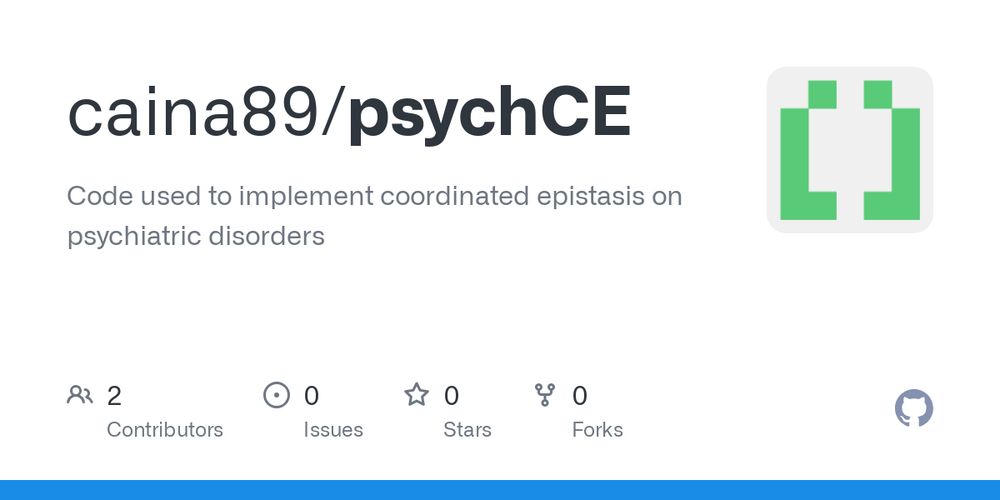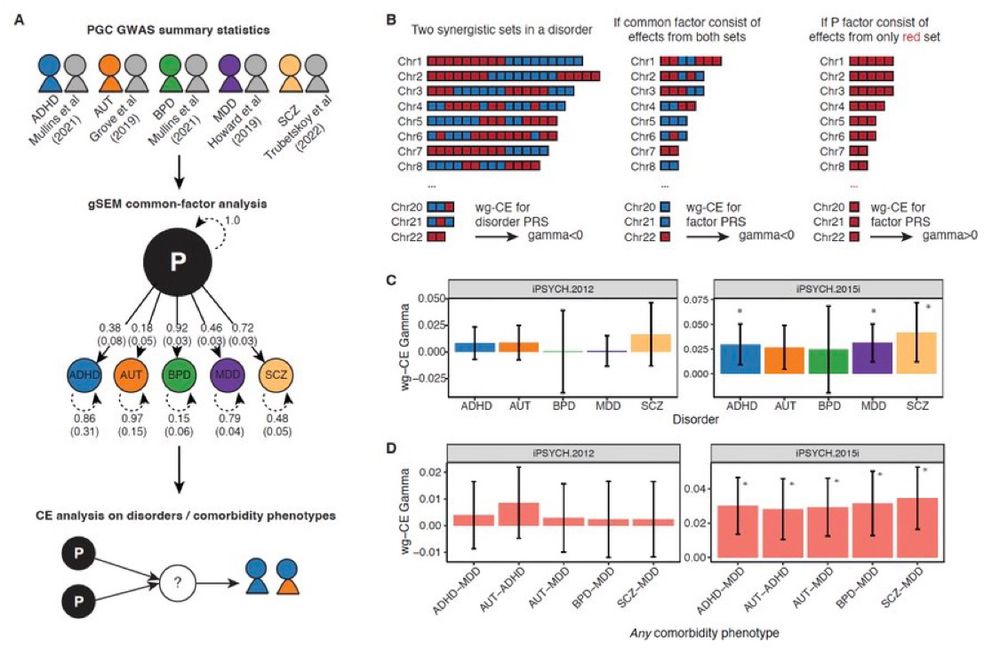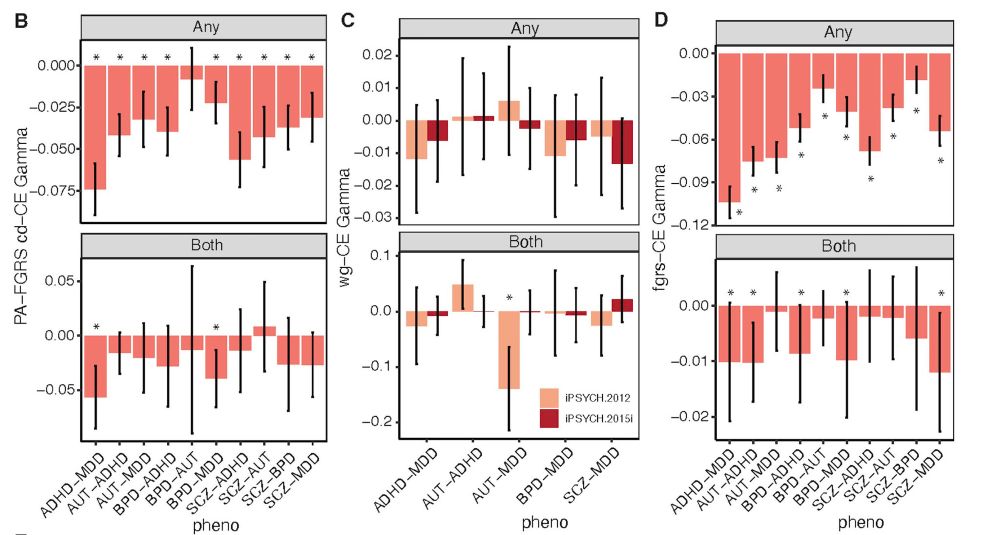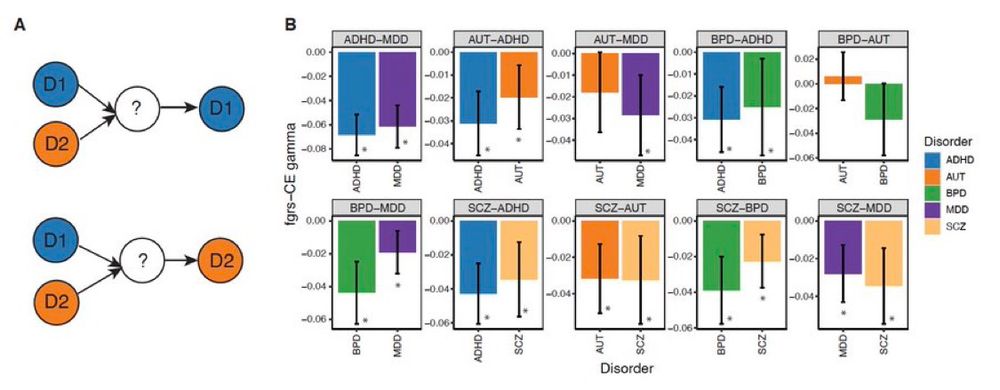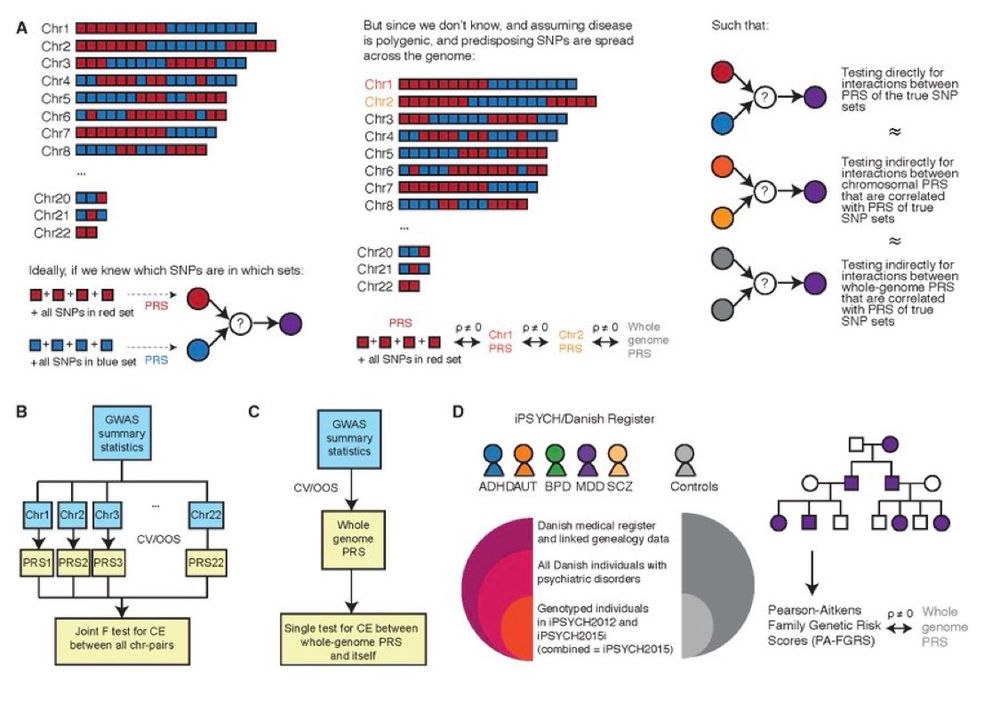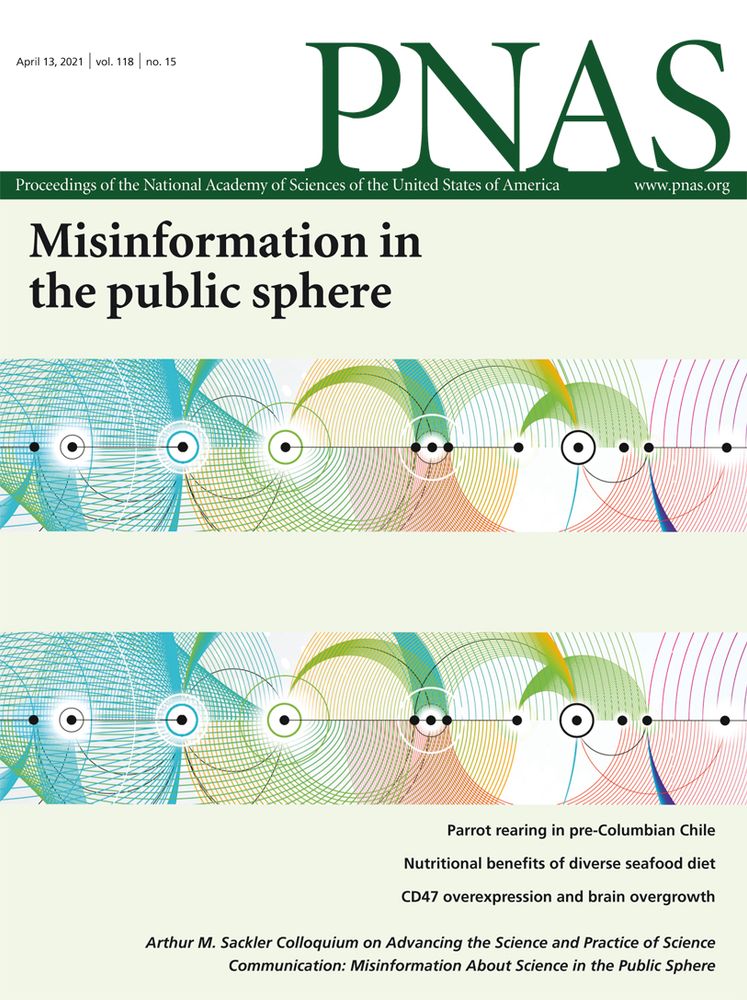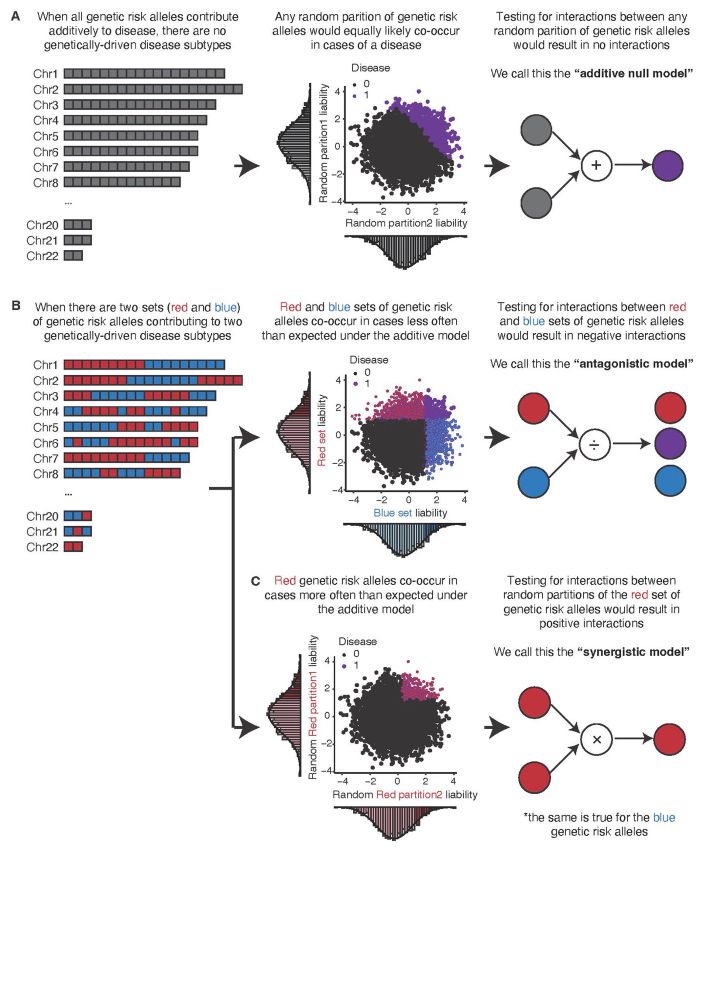Na Cai
@caina89.bsky.social
830 followers
190 following
58 posts
Assistant Prof at D-BSSE, ETH Zurich, studying genetics of psychiatric disorders
www.nacailab.com
Posts
Media
Videos
Starter Packs
Reposted by Na Cai
Reposted by Na Cai
Reposted by Na Cai
Na Cai
@caina89.bsky.social
· Jul 26
Reposted by Na Cai
Na Cai
@caina89.bsky.social
· Jul 24
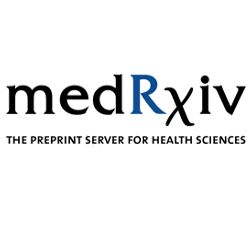
Genetic risk effects on psychiatric disorders act in sets
Genetic studies of psychiatric disorders have typically assumed that all genetic effects contribute additively to disease liability. However, it is likely that psychiatric disorders have unrecognized ...
www.medrxiv.org
Na Cai
@caina89.bsky.social
· Jul 24
Na Cai
@caina89.bsky.social
· Jul 24
Na Cai
@caina89.bsky.social
· Jul 24
Na Cai
@caina89.bsky.social
· Jul 24
Na Cai
@caina89.bsky.social
· Jul 24
Na Cai
@caina89.bsky.social
· Jul 24
Na Cai
@caina89.bsky.social
· Jul 24

Genetic risk effects on psychiatric disorders act in sets
Genetic studies of psychiatric disorders have typically assumed that all genetic effects contribute additively to disease liability. However, it is likely that psychiatric disorders have unrecognized ...
www.medrxiv.org
Na Cai
@caina89.bsky.social
· Jul 24
Na Cai
@caina89.bsky.social
· Jul 24
Na Cai
@caina89.bsky.social
· Jul 24




